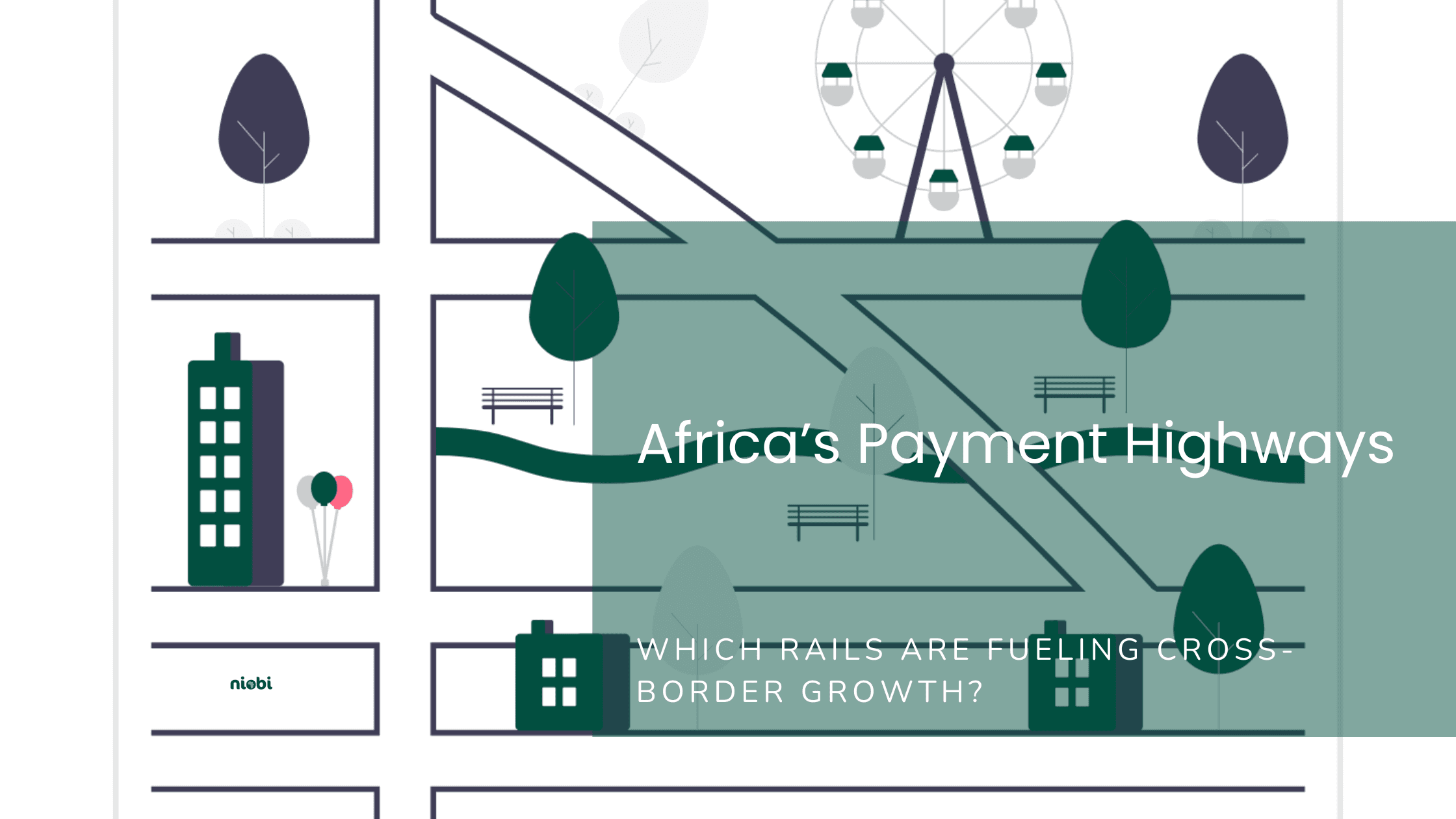Ever wonder which country corridors will lead PAPSS adoption next? And how telco partnerships can accelerate interoperable payment rails in underserved markets? So do we, and this is what we think.
The short answer: Ghana–Nigeria–Côte d’Ivoire, Kenya–Uganda–Tanzania, and South Africa–Zimbabwe–Mozambique are your front-runners. And your local telco might be the secret sauce to making the Pan-African Payment and Settlement System more of a powerhouse.
Why This Question Deserves a Front-Row Seat
If you're in fintech, logistics, trade, or just allergic to SWIFT fees, PAPSS should be on your radar.
Launched in 2022, PAPSS is like Africa’s Venmo but for banks, in real-time, across borders, and minus the dollar detour. Think: Kenyan shillings to Ghanaian cedis, without passing through New York.
But while PAPSS is brilliant in theory, adoption is still slow in practice. So the real question becomes:
Which corridors are ready to run with it?
And who can help it scale beyond the tech-savvy elite?
Spoiler: telcos. They might be the ones to unlock interoperable cross-border payments at scale.
The PAPSS Game Plan: Corridors That Are Ripe for Takeoff
Let’s talk about where the rubber’s most likely to meet the road.
1. Ghana – Nigeria – Côte d’Ivoire: The West African Wallet Wars
If PAPSS were a Netflix series, this would be Season 1.
Why this corridor?
Two of PAPSS's earliest adopters are Ghana and Nigeria.
Remittance + trade volume = mouthwatering.
Shared regional frameworks (hey ECOWAS 👋).
Stats that make the case:
$48B+ in West African remittance flows in 2022.
$900M in Ghana–Nigeria trade remittance.
Côte d’Ivoire–Burkina Faso: $1.5B corridor (mostly informal).
And the kicker? They’re all mobile money savvy but still suffer from bank-led bottlenecks. PAPSS could cut out USD middlemen and settle faster than a Nairobi boda.
Verdict: These three countries are forming what we call the “PAPSS triangle” i.e. the power trio where policy, volume, and tech align.
2. Kenya – Uganda – Tanzania: The Mobile-First Dream Team
If there’s one place where PAPSS could win the popularity contest overnight, it’s here.
Why this corridor?
Over 60% of remittances already happen digitally.
Mobile money isn’t a feature here, it’s a way of life.
Regional integration (EAC) is already doing the paperwork.
Numbers that slap:
Kenya processed $3.5B outbound in 2022.
Fees as low as 3% (compared to 7–12% via banks).
Volumes are growing by 22% YoY.
Add Safaricom M-Pesa, MTN MoMo, and Airtel Money to the mix, and you’re looking at a continent-sized opportunity for real-time wallet-to-wallet magic.
Verdict: This is PAPSS’s mobile-first sandbox. If it works here, it works anywhere.
3. South Africa – Zimbabwe – Mozambique: High Stakes, Higher Fees
This corridor isn’t for the faint of heart, or the fee-sensitive.
Why this corridor?
South Africa sends out a casual $17B per year to its neighbors.
Zimbabwe and Mozambique are FX nightmares which means people are desperate for smoother options.
High cost (12–15% fees!) = high urgency.
But there’s also a twist: traditional banks dominate here. That means mobile money and fintechs have to work harder. But the payoff is bigger.
Verdict: PAPSS + stablecoins + telco rails might be the winning combo here.
So... Where Do Telcos Come In?
Telcos are a trusted interface. The real MVPs when your uncle in Kampala wants to send cash to his cousin in Abidjan without needing a PhD in SWIFT codes.
Telcos Can Accelerate PAPSS Adoption by:
1. Extending Mobile Money to Cross-Border
Imagine topping up someone’s wallet in Rwanda from Nigeria without touching USD. Telcos can integrate PAPSS at the wallet level for true local-to-local currency transfers.
2. Acting as Liquidity Providers
Telcos already hold local float in multiple markets. If they integrate FX services, they can:
Offer real-time local currency exchange.
Skip the need for offshore clearing.
Price FX dynamically, not just expensively.
3. Partnering With Payment Aggregators
Think Niobi, Onafriq, or Chipper Cash. These aggregators stitch together multiple payment providers. Telcos + aggregators = scale.
Case Study: Côte d’Ivoire – Burkina Faso
Here’s what this corridor looks like right now:
Shared XOF/CFA franc (zero FX needed!).
High remittance ($1.5B+).
Low interoperability.
High informal usage.
Opportunity:
Overlay PAPSS on this corridor and plug in mobile money rails. With Orange Money and MTN in both countries, telcos could drive instant, FX-free, compliance-ready remittances.
Impact:
Formalize billions in grey-market flows.
Lower transaction fees from 8–10% to 1–3%.
Let SMEs pay suppliers in real-time.
What Founders (Like You) Should Do Right Now
If you’re building a payments product in Africa, this isn’t the time to “wait and see.” It’s time to plan like PAPSS is live tomorrow.
Your Next Moves:
Map your users’ top send/receive corridors.
Integrate via Niobi or similar to shortcut regional expansion.
Pitch telcos for mobile wallet access and FX liquidity.
Experiment with embedded trade finance or supplier payouts, not just P2P.
Track corridor-by-corridor regulatory shifts. West and East Africa are moving faster than others.
Final Word: The Race Is On
PAPSS is a chance to rewrite how Africa does business.But it’s not a solo mission.
For it to scale, banks, telcos, fintechs, and regulators have to play nice. The corridors we’ve spotlighted…
Ghana–Nigeria–Côte d’Ivoire
Kenya–Uganda–Tanzania
South Africa–Zimbabwe–Mozambique
…Are where the pan-African payments game will be won (or lost).
If your fintech is trying to grow beyond borders, PAPSS + telcos + the right aggregation partnerships could be your unfair advantage.
Just remember: infrastructure moves slow. But when it moves, it transforms everything.




